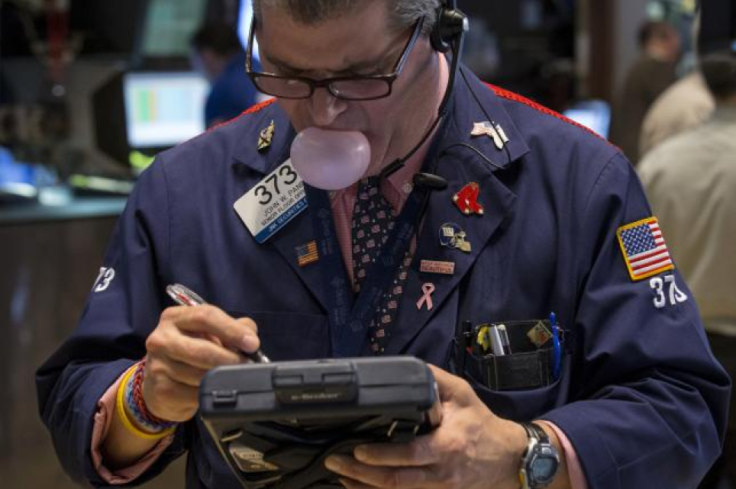Economic Outlook Brighter, But Not Bright Enough For Higher Interest Rates

Prospects for a change in global economic growth may be better than they have been in many years, but much depends on solid evidence that an awful first quarter for the U.S. is far in the rear-view mirror. With Wall Street’s benchmark stock index near a record high and bond yields on the rise, the coming week is packed with important global data releases and policy minutes from three major central banks, including the U.S. Federal Reserve.
Several of the world’s top central bankers will meet this week at a three-day forum hosted by the European Central Bank in Sintra, Portugal. It is billed as a discussion on inflation and unemployment in Europe.
The flash purchasing managers’ indexes for May are due Thursday, with little change expected to the overall story: a solid bounceback in the U.S. and steady growth in Europe, but ongoing weakness in the world’s second-largest economy, China.
Taken together, the data may not be enough to convince many that the global bias toward lower rates and easier monetary policy from the world’s central banks is nearing an end, despite the bond-market rout.
Indeed, minutes of the Bank of England’s May meeting no doubt will reassure investors a rate rise isn’t likely for another year, while ECB President Mario Draghi has made it clear he has no intention of tapering its bond purchases.
Having long been expected to raise rates by June, the Fed will now struggle to justify a first rate rise in nearly a decade so soon after a terrible quarter in which the economy almost certainly shrank. September is more likely, although many traders in financial markets are extending a stand-off with the Fed, betting rates won’t rise until even later this year and maybe not until 2016.
Minutes of the Fed’s April policy meeting -- which took place before recent news that the job market has not veered off its solid course -- are not expected to reveal anything likely to revive talk of a near-term rate hike.
That comes despite widespread jitters across government bond markets in recent weeks. Some say this was merely a healthy correction from exceptionally low or even negative yields; others worry higher inflation is on the horizon.
One thing is certain: Serious inflation pressure is still nowhere to be found. The main inflation gauges for the U.S., eurozone and Britain are all expected to show no price rises on a year ago, according to Reuters polls.
The reason is well-understood.
A more than 50 percent collapse in oil prices that began last June is still holding it down. But some fret the inevitable rebound once the base for comparison shifts may be accompanied by a change in the weak underlying trend. That plunge in oil appears to have damaged the U.S. economy by curtailing nascent investment in high-cost domestic oil production, despite the tumble in fuel prices for consumers. Consumer sentiment plunged unexpectedly in May, too.
But cheaper energy bills clearly gave a lift to eurozone consumers in the first quarter. And the German Ifo business sentiment index due Friday is expected to show optimism and current conditions remain high.
“In Europe, the boost from oil prices looks to have been frontloaded,” noted James Sweeney at Credit Suisse. He pointed out the ECB’s bond purchases due to extend to September of next year are likely to keep that expansion humming. “So global growth should see an unusual phase of concerted strength in the next few months,” he wrote.
Others aren’t so sure. Few question that the U.S. economy is in a much stronger position than it was just a few years ago, probably best exemplified by a halving in the unemployment rate to 5.4 percent since its peak after the financial crisis.
But the threat of default in Greece still hangs like a Sword of Damocles over the eurozone, where the unemployment rate, at 11.2 percent, has barely slipped from its post-crisis high.
Sovereign bond yields have risen sharply in recent days, and the euro has rallied, leaving the impression that while things are much better, there is plenty still that could go wrong.
The Bank of Japan, which has been struggling to engineer higher inflation for nearly two decades, meets to set policy Friday, but it is not expected to ramp up asset purchases yet. While the 1.5 percent annualized growth rate expected won’t do much for the inflation rise it seeks, if true, Japan would join the eurozone in having outpaced the U.S. in the first quarter. But nobody expects that situation to continue.
(Reporting by Ross Finley; Editing by Hugh Lawson)
© Copyright Thomson Reuters {{Year}}. All rights reserved.





















